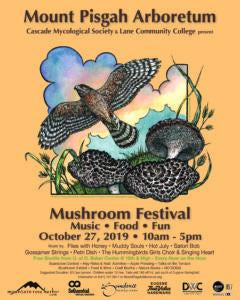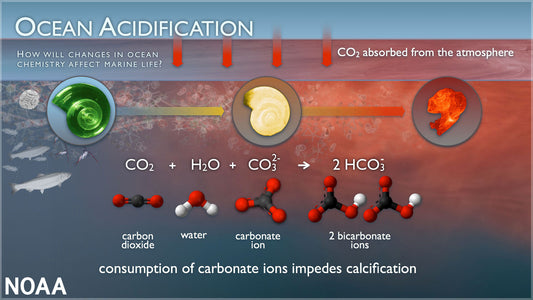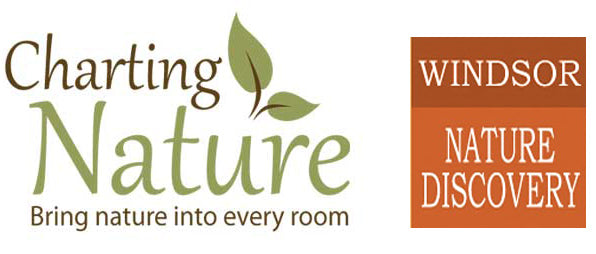News
Top 10 Birds to Spot in Your Backyard – A Guide...
Birdwatching is one of the most rewarding hobbies, and you don’t need to venture far to enjoy it! Your backyard can be a treasure trove of fascinating bird species. Whether...
Top 10 Birds to Spot in Your Backyard – A Guide...
Birdwatching is one of the most rewarding hobbies, and you don’t need to venture far to enjoy it! Your backyard can be a treasure trove of fascinating bird species. Whether...
Mount Pisgah Mushroom Festival 2024
The year's festival features a variety of activities, including: Mushroom Displays: Experts from the Cascade Mycological Society showcase a wide range of mushrooms, providing information about their identification, edibility, and ecological...
Mount Pisgah Mushroom Festival 2024
The year's festival features a variety of activities, including: Mushroom Displays: Experts from the Cascade Mycological Society showcase a wide range of mushrooms, providing information about their identification, edibility, and ecological...
Why people decorate with vintage botanical prints?
There is a deep physiological reason why people are drawn to buy vintage botanical prints. The allure of these prints is not merely aesthetic but rooted in our human nature and biology....
Why people decorate with vintage botanical prints?
There is a deep physiological reason why people are drawn to buy vintage botanical prints. The allure of these prints is not merely aesthetic but rooted in our human nature and biology....
The Fascinating History of Bird Prints: From Sc...
Birds have captivated humans for centuries, inspiring art, literature, and science. One form of bird-related art that has stood the test of time is bird prints. These beautiful and intricate...
The Fascinating History of Bird Prints: From Sc...
Birds have captivated humans for centuries, inspiring art, literature, and science. One form of bird-related art that has stood the test of time is bird prints. These beautiful and intricate...

Mount Pisgah's Annual Mushroom Festival is a Sp...
Details about an upcoming event - The Mount Pisgah Mushroom Festival!
Mount Pisgah's Annual Mushroom Festival is a Sp...
Details about an upcoming event - The Mount Pisgah Mushroom Festival!

